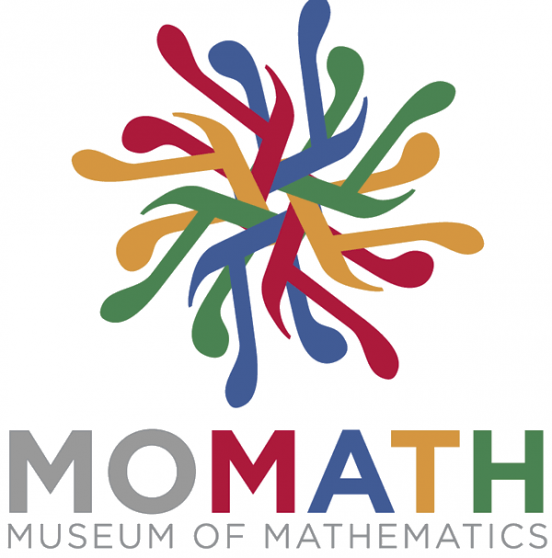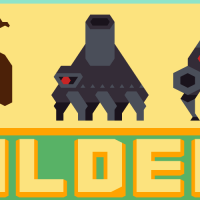There is currently no connecting feature between the exhibits – they stand separately from each other and each offer an entirely new experience. I propose a feature that connects each exhibit by virtue of an interactive mini game that has a station at each exhibit. “Playing” or participating in this game, as with many of the exhibits, is entirely up to the choice of the visitor.
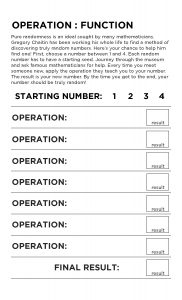
The first step of this game is to choose any real positive integer between 1 and 4. I say integer because it should not be a fraction or decimal, for simplicity’s sake. There will be seven stations in all, each one attached to an exhibit at the museum. Each station will consist of a sheet of paper and/or touchscreen showing a mathematical operation/function and another number. Some basic operations and functions could be addition(+), subtraction(-), division(÷), multiplication(×), exponentiation(^), negation(¬), absolute value(| |), or modulus(%). Since there will be seven stations, there could be up to seven different operations/functions in total, but I have listed more than seven in order to have some leeway. Every time you go to a station, the rule is to apply that operation or function to your number and that number. Your number then changes to be the number that you ended up with through the application of that operation or function. (It stays changed this way until the next stop, when you apply another operation/function to it.) This continues every time you go to a new station. Players will notate their number, along with the functions/operations they applied to it and the exhibits they’ve been to, on a check list that’s integrated into the museum map as indicated in these conceptual images. Each station also has information on the operation/function that you chose the previous time as well as other mathematical facts. When you leave the museum, you get a prize or horoscope depending on the number you ended up with.
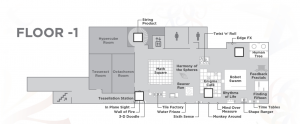
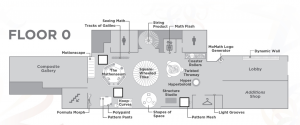
The narrative I offer to accompany this game is that the visitor is the hero of a journey to find a truly random number. On the Operation : Function page of the map, as shown above, there’s a little blurb about the story of this game. It’s as follows: “Pure randomness is an ideal sought by many mathematicians. Gregory Chaitin has been working his whole life to find a method of discovering truly random numbers. Here’s your chance to help him find one! First, choose a number between 1 and 4. Each random number has to have a starting seed. Journey through the museum and ask famous mathematicians for help. Every time you meet someone new, apply the operation they teach you to your number. The result is your new number. By the time you get to the end, your number should be truly random!” Each operation/function station will have a new famous mathematician as a mentor or sorts who offers to teach the hero a new skill in the form of an operation or function.
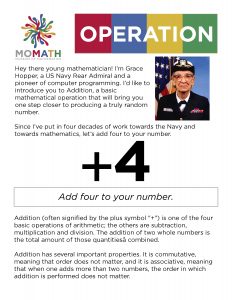
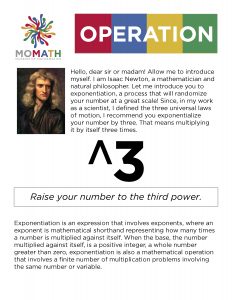
When you leave the museum, you get a prize or horoscope depending on the number you ended up with.
This endeavor is meant primarily to teach math in an interactive fashion. Since each function is associated with a fun exhibit, it will cement the concepts of that function into one’s mind more permanently since the visitor is having fun/interacting with the exhibit while doing math. This exhibit will also increase the retention rate of visitors since some prizes are more valuable than others – and since their prize depends on what number they get at the end, they have motivation to go around at least a second time to aim for a more “random” number to get the specific prize they want.
